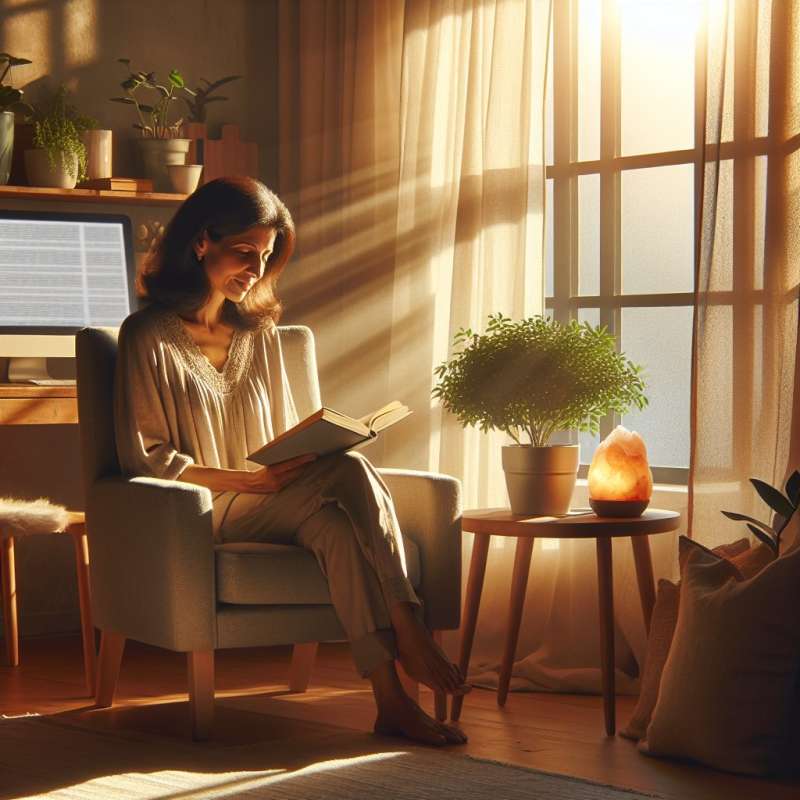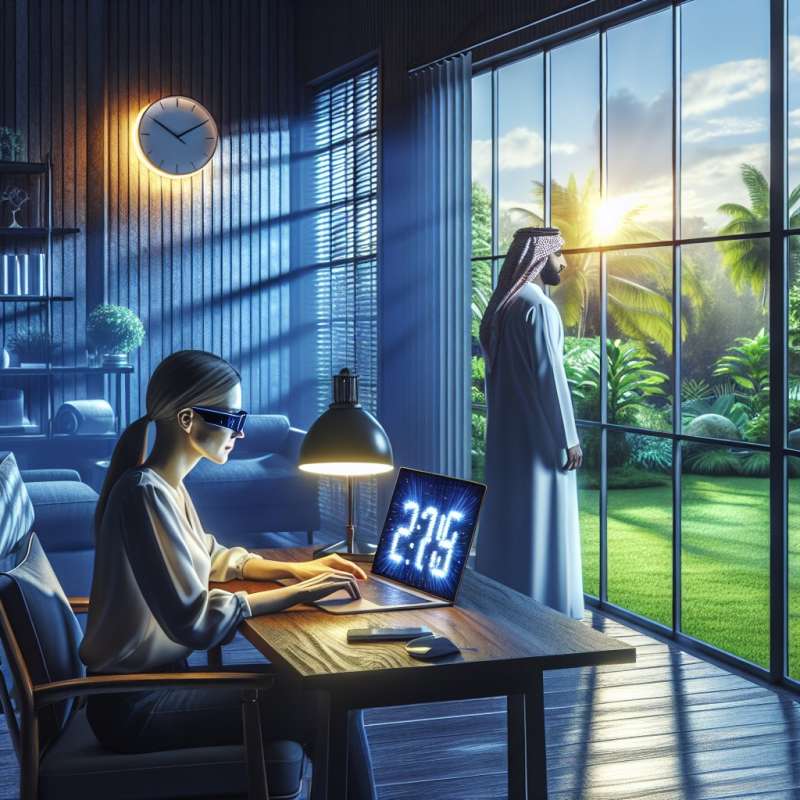
Understanding Blue Light
Blue light is a high-energy visible (HEV) light that is emitted by digital screens and LED lighting. It penetrates deeper into the eye and can potentially cause retinal damage over time, unlike other types of light.
Natural vs. Artificial Blue Light
While blue light is naturally present in sunlight and helps regulate our sleep-wake cycle, artificial sources like screens and LED lights emit a more intense and prolonged blue light exposure, disrupting our circadian rhythm and causing eye strain.
Unexpected Sources of Blue Light
Besides screens and LED lighting, blue light is also found in unexpected places like fluorescent bulbs, car headlights, and even some white-colored paints. Being aware of these sources can help in mitigating overall exposure.
Health Impacts Beyond Eyestrain
Chronic exposure to blue light has been linked to an increased risk of age-related macular degeneration (AMD), disrupted sleep patterns, and even potential mood disorders. Reducing exposure can improve overall health and well-being.
Effective Protection Strategies
Use blue light filters on devices, wear glasses with blue light blocking lenses, and follow the 20-20-20 rule: every 20 minutes, look at something 20 feet away for at least 20 seconds. These strategies can significantly reduce blue light impact.Ancient Blue Light Exposure
Researchers found ancient fossilized eyes showing blue light exposure, suggesting early life adapted to light conditions millions of years ago.
What does blue light potentially damage?
Retina over prolonged time
Cornea in short bursts
Lens with immediate exposure
Company